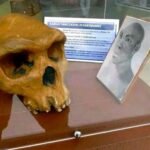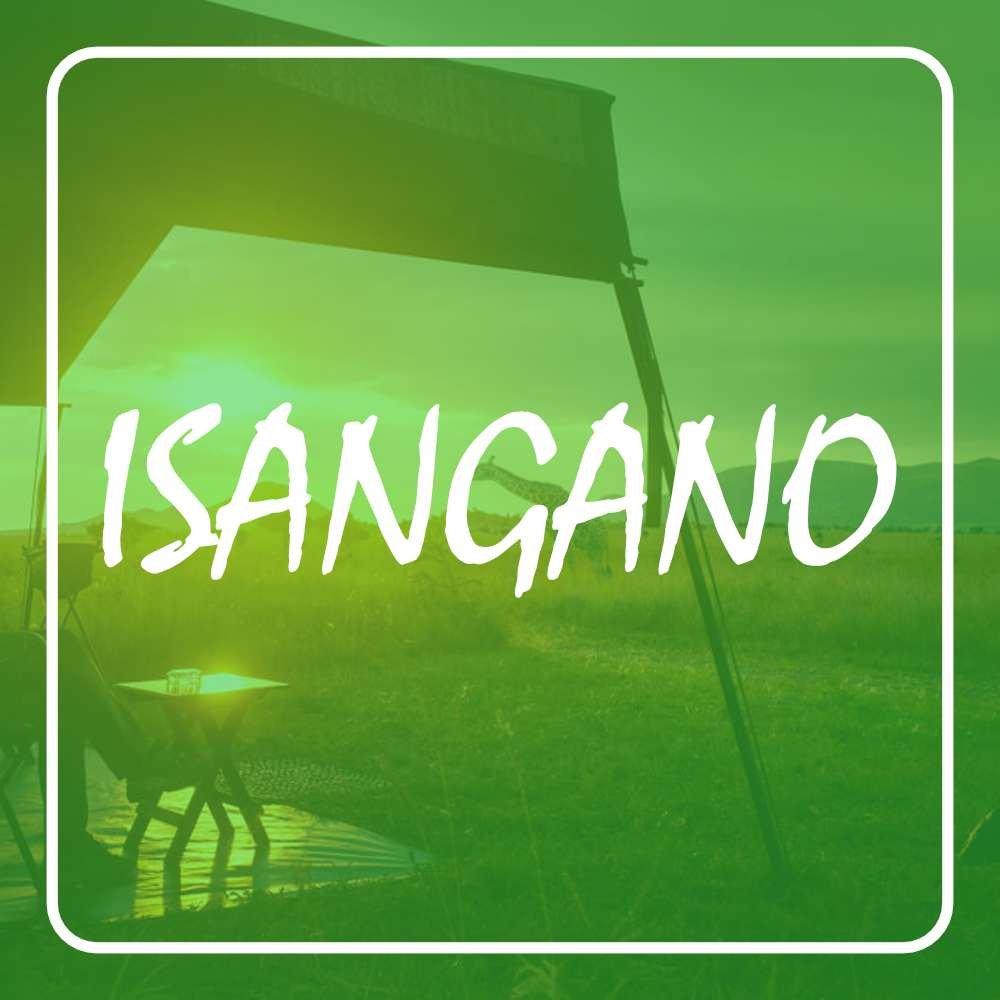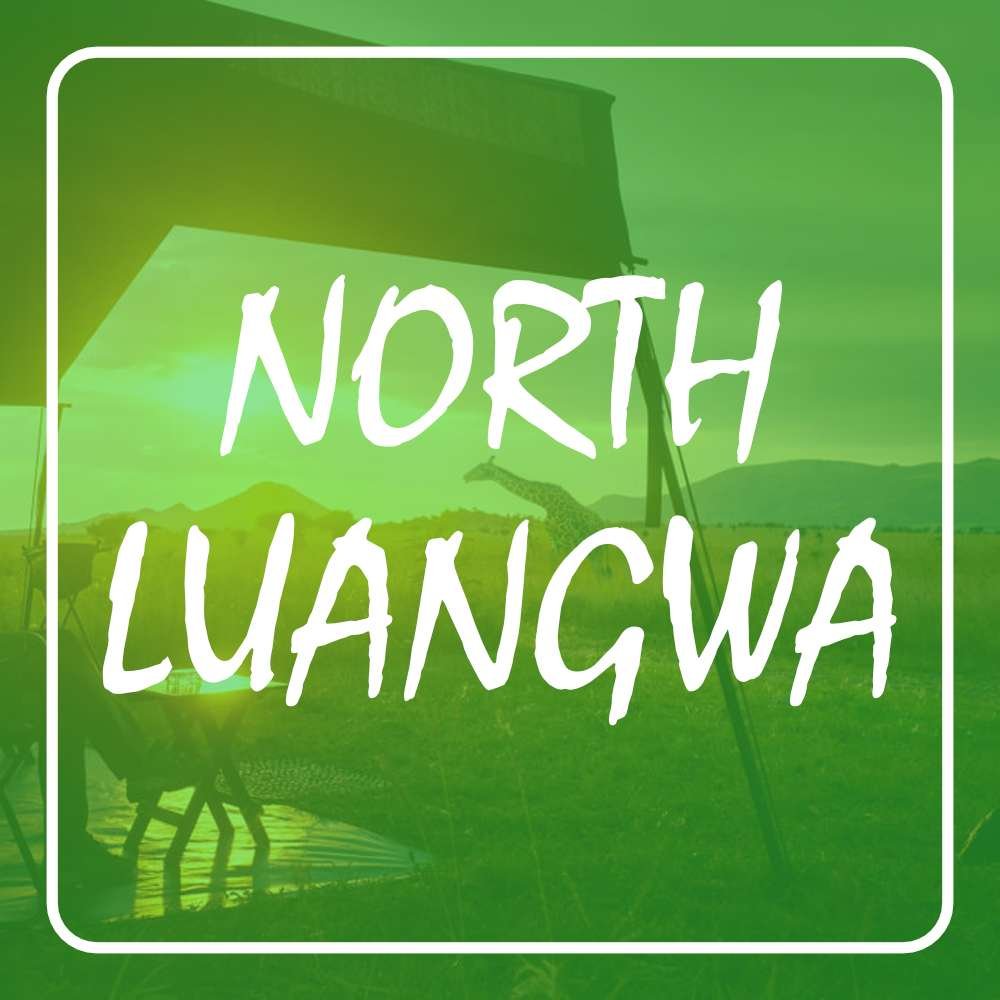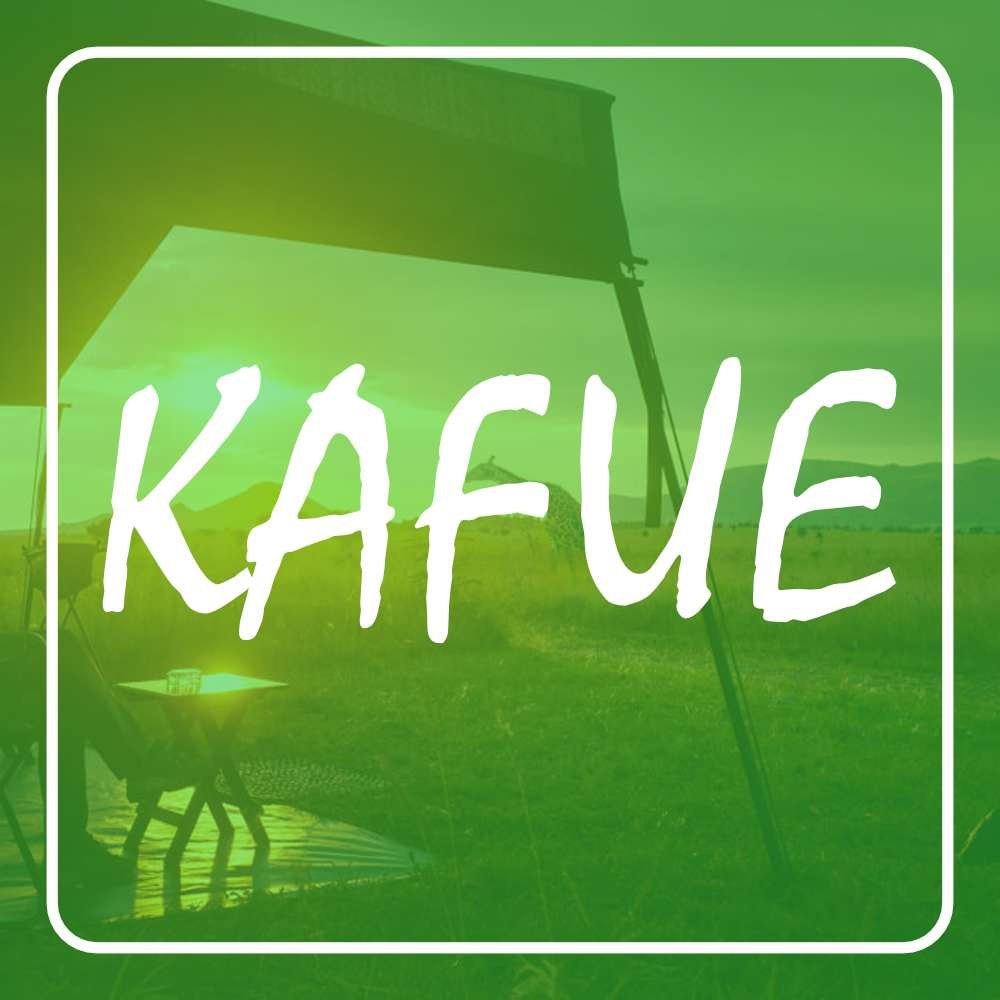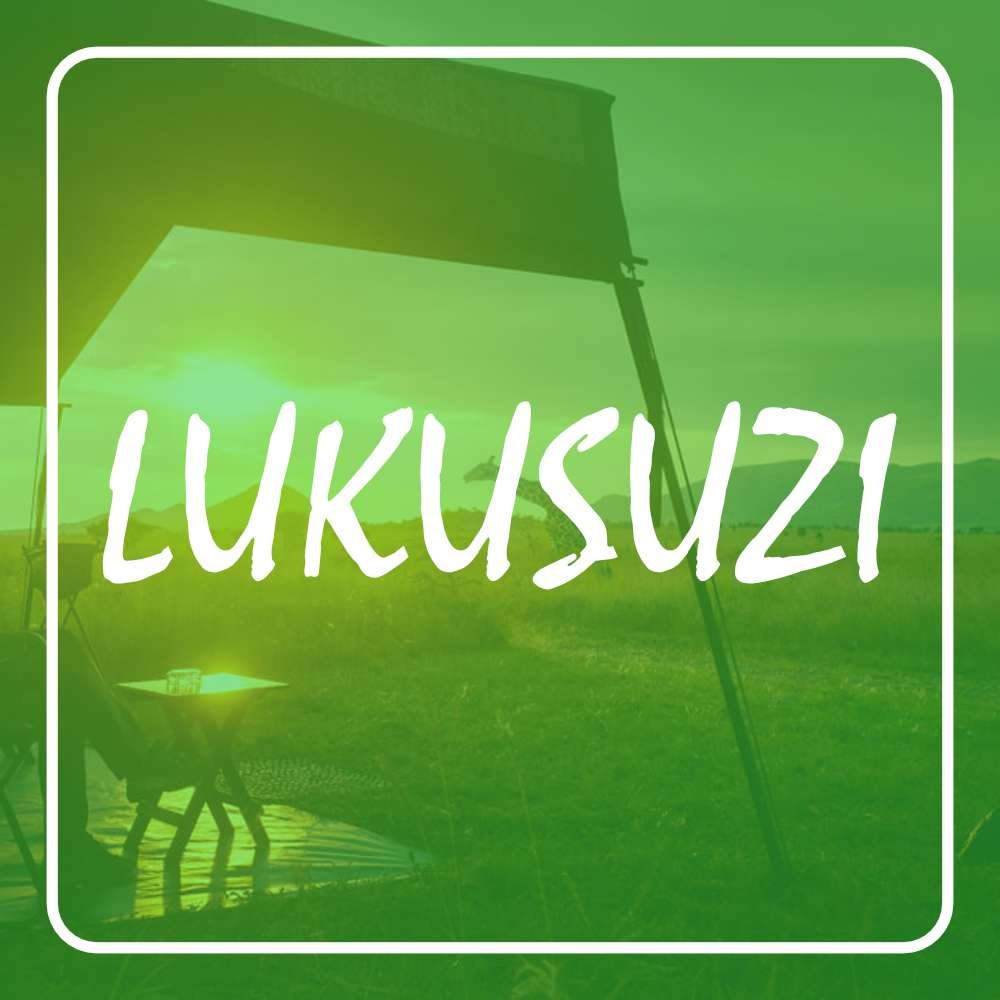Blue Lagoon National Park
- Governing Body: Department of National Parks and Wildlife
- Coordinates: 15°27′S 27°22′E
- Type: National Park
- Area: 500km2
- Established: 1976
- Nearest District(s): Lusaka
- Province(s): Central
- Countries: Zambia
Share:
General Information
The Blue lagoon national park is a small park similar to the lochinvar national park in that it also used to be a farmhouse which is now the Park reception and before that, unlike Lochinvar,the area was under the preserve of the Ministry of defence.
Infrastructure & Accessibility
The land was once a farm and the old farmhouse is now the Park reception. There are four chalets available for accommodation, and a campsite at the edge of the floodplain.
Blue Lagoon lies only 120kms west of Lusaka on the Kafue Flats
Habitat, Flora and Climate
The vast plains are spectacular in the dry season and transform completely from a dry grass flatland to a watery wonderland in the wet season, as the flats fill with water and the migratory birds arrive from far and wide.
Wildlife
The Blue lagoon national park is famous for its herds of Kafue Lechwe that are seen in the flooded areas. The Lechwe is the most water-loving antelope. It loves these habitats of floodplains and seasonally inundated grasslands. It frequently feeds in shallow water and will submerge if threatened. Although lechwe run in herds of about 30, several thousand may gather together on the floodplains.
Other animals can include Sitatunga, zebra, Reedbuck and buffalo.
Birdlife
This park is an birdwatchers dream. The abundance and variety is astounding and the fact that it has not been opened up until recently and is still undeveloped, makes it one of those last untouched places left in Africa. The most common birds in this park are the aquatic birds.
Reptiles & Amphibians
An unusual site on the plains is the site of huge river pythons which are attracted by the concentration of the lechwe and birds.
Accommodation Type(s)
Chalet(s), Lodge(s), CampingActivities
Bird watching tourNo donation to this project yet.
| M | T | W | T | F | S | S |
|---|---|---|---|---|---|---|
| 1 | 2 | 3 | 4 | 5 | 6 | 7 |
| 8 | 9 | 10 | 11 | 12 | 13 | 14 |
| 15 | 16 | 17 | 18 | 19 | 20 | 21 |
| 22 | 23 | 24 | 25 | 26 | 27 | 28 |
| 29 | 30 | 31 | ||||


